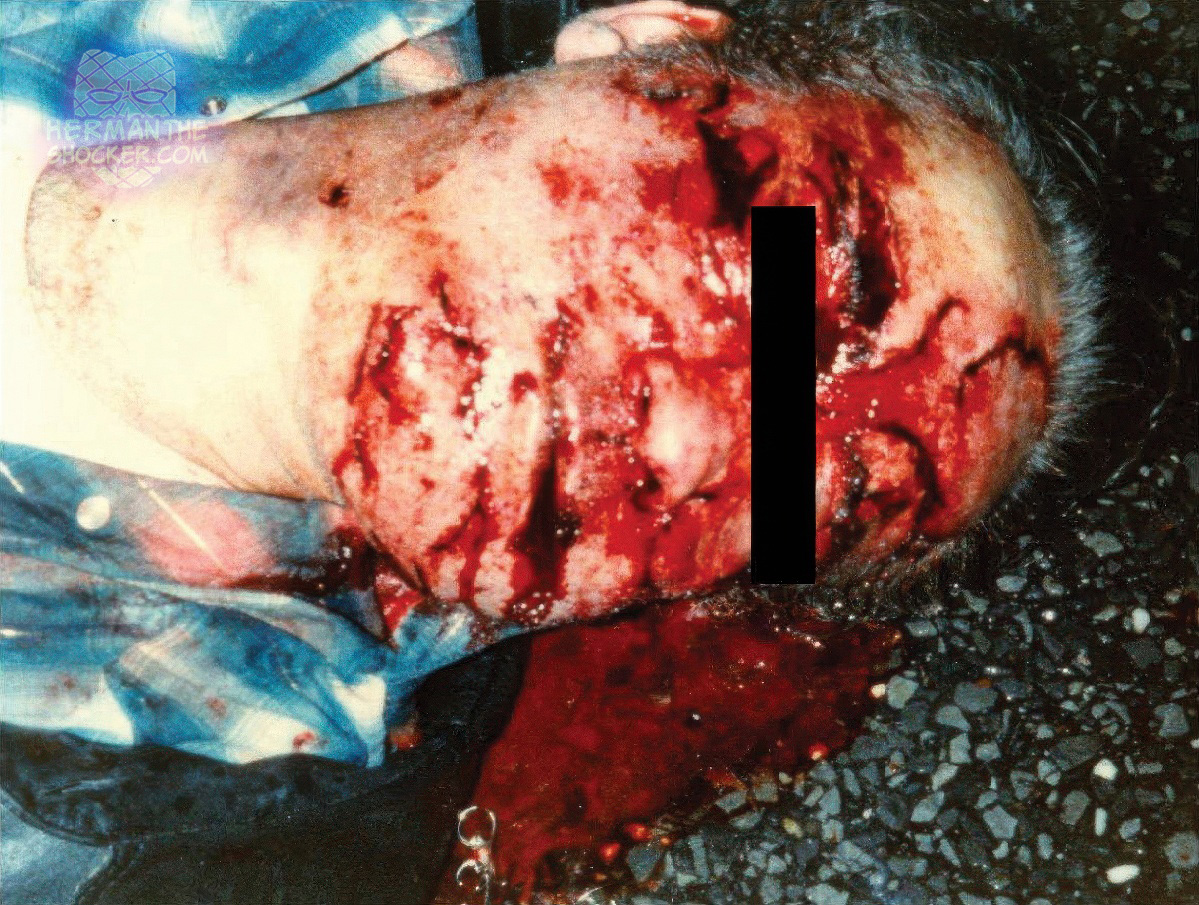The injuries sustained by victim who was beaten about the head and face with a rock. Homicidal blunt force trauma refers to injuries caused by intentional, forceful impact from a blunt object in an assault that leads to death. Such trauma may involve repeated blows or high-force impacts to vulnerable areas like the head, chest, or abdomen, causing severe damage such as skull fractures, brain injury, or internal bleeding. Weapons like bats, hammers, or fists are often used. Forensic analysis of wound patterns, severity, and weapon impressions helps determine intent, cause of death, and circumstances of the crime, distinguishing it from accidental or self-inflicted blunt force injuries.
Latest posts

This individual died and his body was scavenged by a cat, no further info. The phenomenon of postmortem…

Note the bloating and decompositional blisters as well as the greenish discoloration around the area of the abdomen.…






